Earth is a planet of endless surprises, filled with natural phenomena that are as beautiful as they are mysterious. From lightning storms that never end to caves illuminated by living light, the world is home to wonders that defy imagination. In this article, we’ll explore 21 phenomenal natural oddities, starting with Venezuela’s lightning hotspot and moving through an array of jaw-dropping landscapes, formations, and phenomena. Each one is backed by science and packed with fascinating details to ignite your curiosity.
1. The Everlasting Storm of Catatumbo Lightning

At Lake Maracaibo in Venezuela, lightning strikes with unmatched intensity—up to 1.2 million times a year. Known as Relámpago del Catatumbo, or “the everlasting storm,” this phenomenon occurs for about 260 nights annually, lasting up to 10 hours per night with as many as 28 strikes per minute. The lightning is so bright it has historically served as a natural lighthouse for sailors navigating the nearby Caribbean waters, earning it the nickname “Maracaibo Beacon.”
The science behind Catatumbo Lightning lies in the region’s unique geography. Warm, moist air rises from Lake Maracaibo and collides with cooler mountain breezes from the Andes and Mérida ranges, creating ideal conditions for thunderstorms. Methane emissions from nearby swamps may also amplify the electrical activity, as methane is a strong conductor of electricity. This natural wonder is not just a meteorological marvel but also deeply embedded in local folklore. Indigenous tribes once believed the lightning was a battle between celestial deities. Today, it continues to captivate scientists and tourists alike while serving as a reminder of nature’s raw power.
2. Ancient Worms Revived After 42,000 Years

In 2018, Russian scientists achieved a groundbreaking feat by reviving nematodes (microscopic worms) that had been frozen in Siberian permafrost for approximately 42,000 years. These organisms were extracted from soil samples dating back to the Pleistocene epoch and were revived by thawing them in a nutrient-rich medium. Once thawed, the nematodes resumed movement and feeding, behaving as if they had merely been dormant rather than frozen for millennia. This discovery shattered previous records for cryogenic survival and provided new insights into the resilience of life on Earth.
The nematodes’ revival has profound implications for science. Their ability to survive such extreme freezing conditions offers insights into cryopreservation techniques that could one day be applied to human tissues or organs. Additionally, it raises fascinating questions about extraterrestrial life: if organisms can endure tens of thousands of years frozen on Earth, could similar life forms exist on icy planets or moons like Europa? These ancient worms are not just biological curiosities—they’re living time capsules that reveal Earth’s capacity for preserving life across millennia.
3. Brazil’s Termite Megastructures

Hidden beneath Brazil’s northeastern forests lies one of nature’s most astonishing architectural feats: a network of approximately 200 million termite mounds covering an area roughly the size of Great Britain (about 88,000 square miles). These mounds are not nests but ventilation systems for underground tunnels that termites use to forage for food across vast distances. Some mounds date back nearly 4,000 years—around the same time humans were building the Great Pyramids of Giza—and contain enough excavated soil to fill 4,000 pyramids!
What makes these megastructures even more remarkable is their efficiency and longevity. The termites’ underground network allows them to harvest dead leaves while minimizing exposure to predators—a testament to their evolutionary ingenuity. Scientists studying these mounds have discovered that they play a vital ecological role by aerating soil and recycling nutrients in the forest ecosystem. The sheer scale and age of these structures highlight how even tiny creatures can leave an enormous impact on their environment over millennia.
4. Oregon’s Giant Fungus: Earth’s Largest Organism
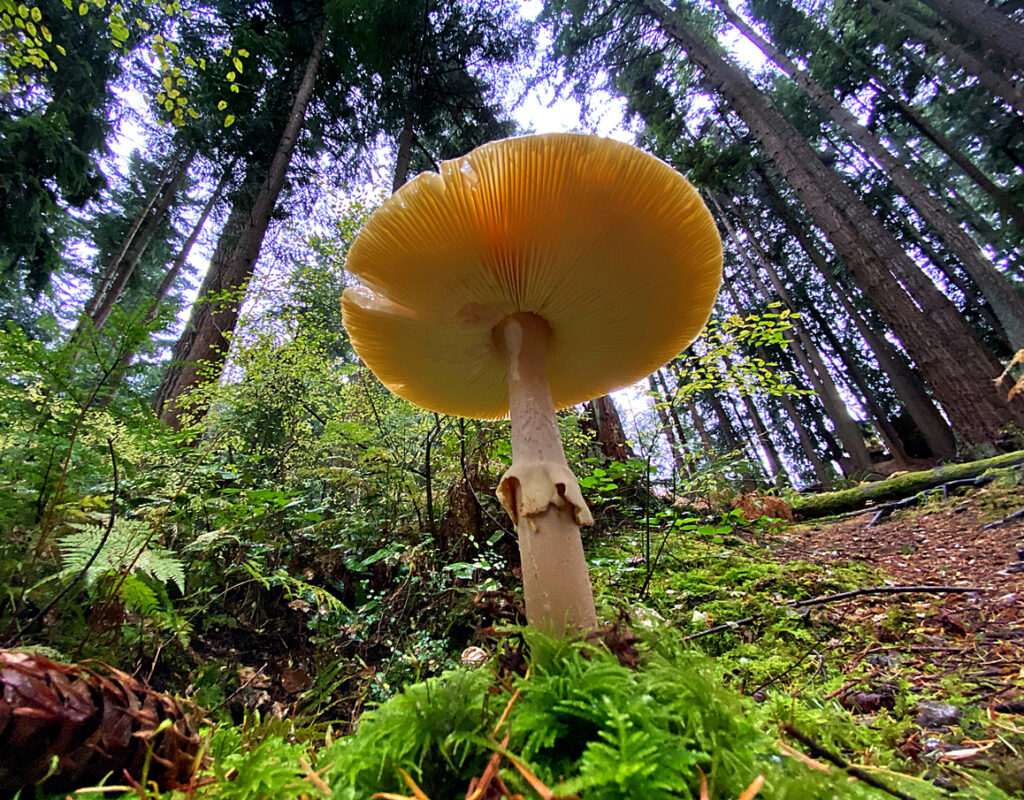
Beneath Oregon’s Malheur National Forest lies a living organism so massive it dwarfs anything else on Earth: a honey mushroom (Armillaria ostoyae) spanning an incredible 3.5 miles (2,200 acres). Estimated to be over 2,400 years old—though some scientists argue it could be closer to 8,000 years—this fungal network connects trees and plants across the forest floor through an underground web called mycelium.
This “humongous fungus” weighs an estimated 440 tons—roughly equivalent to three blue whales—and plays a crucial ecological role by decomposing organic material and redistributing nutrients throughout the forest ecosystem. Its slow growth rate allows it to persist for millennia despite environmental changes. What appears above ground as clusters of mushrooms is merely the fruiting body; its true size lies hidden beneath the surface. Studying this fungal giant provides valuable insights into longevity and resilience in living organisms.
5. Bioluminescent Waves: Nature’s Nighttime Light Show
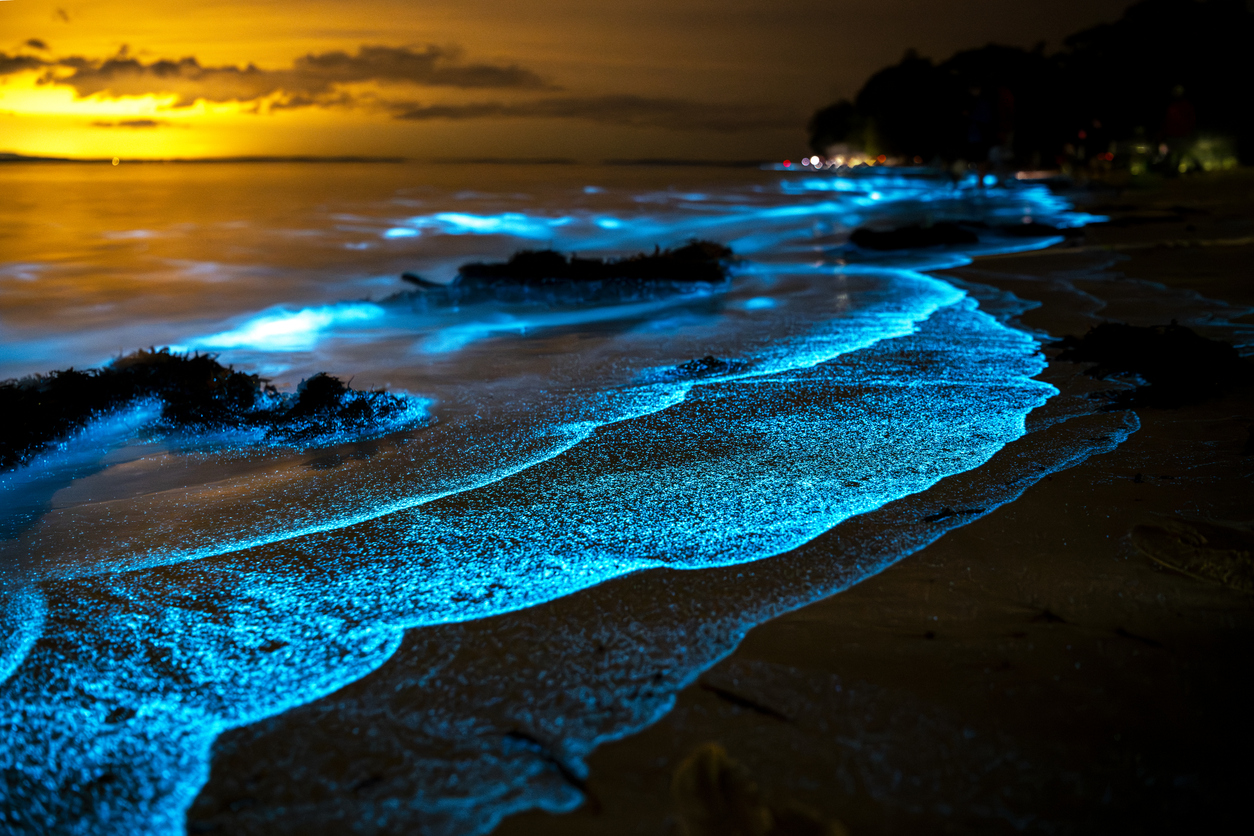
Imagine standing on a beach at night as waves crash onto the shore, glowing with an otherworldly blue light—it sounds like something out of fantasy, but this phenomenon is real. Bioluminescent waves are caused by phytoplankton (microscopic marine organisms) that emit light when agitated by movement or turbulence in the water. This chemical reaction involves luciferin (a light-emitting compound) and luciferase (an enzyme), creating breathtaking displays that transform ordinary coastlines into magical landscapes.
Bioluminescent blooms are most commonly observed in places like California’s beaches or Hong Kong’s waters during warm months when plankton populations peak dramatically due to favorable conditions like increased nutrients or warmer temperatures. Beyond their beauty, these glowing waters serve as indicators of ocean health since changes in plankton populations often reflect shifts in water quality or climate conditions. For scientists and spectators alike, bioluminescent waves are both mesmerizing and meaningful.
6. Volcanic Lightning: Firestorms in the Sky
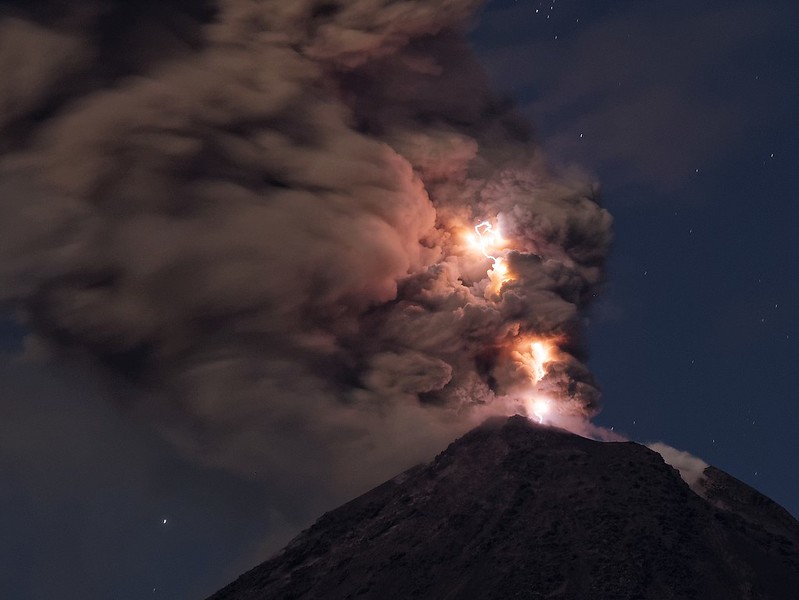
When volcanoes erupt, they don’t just spew lava—they can also unleash spectacular lightning storms amidst ash clouds. Known as volcanic lightning or “dirty thunderstorms,” this phenomenon occurs when ash particles collide within volcanic plumes, generating static electricity that discharges as lightning bolts streaking through clouds of fire and smoke.
One of the most dramatic examples occurred during Iceland’s Eyjafjallajökull eruption in 2010 when lightning illuminated ash clouds visible for miles around—a surreal combination of fire and electricity that captivated observers worldwide. Volcanic lightning provides valuable insights into interactions between geology and meteorology while showcasing nature’s raw power during cataclysmic events like eruptions.
7. Salar de Uyuni: The World’s Largest Mirror
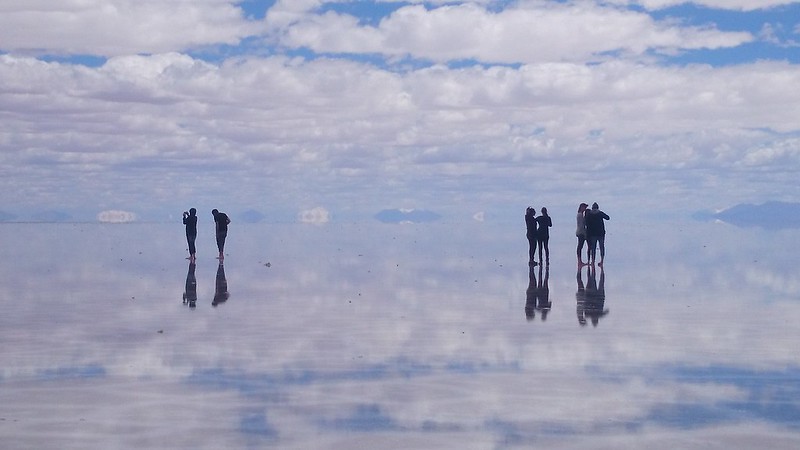
Bolivia’s Salar de Uyuni is not only the world’s largest salt flat but also one of its most surreal landscapes. Spanning over 4,086 square miles (10,582 square kilometers), this vast expanse transforms into a giant mirror after rainfall when its surface becomes covered with a thin layer of water that reflects the sky perfectly.
Formed from an ancient lake that dried up thousands of years ago, Salar de Uyuni contains significant lithium reserves beneath its crust—essential for modern battery technology—and serves as a critical tool for satellite calibration due to its flatness and high reflectivity. Whether you’re walking across its dry surface or witnessing its mirror effect after rain, Salar de Uyuni offers an experience unlike any other place on Earth.
8. Thor’s Well: The Ocean’s Bottomless Drain
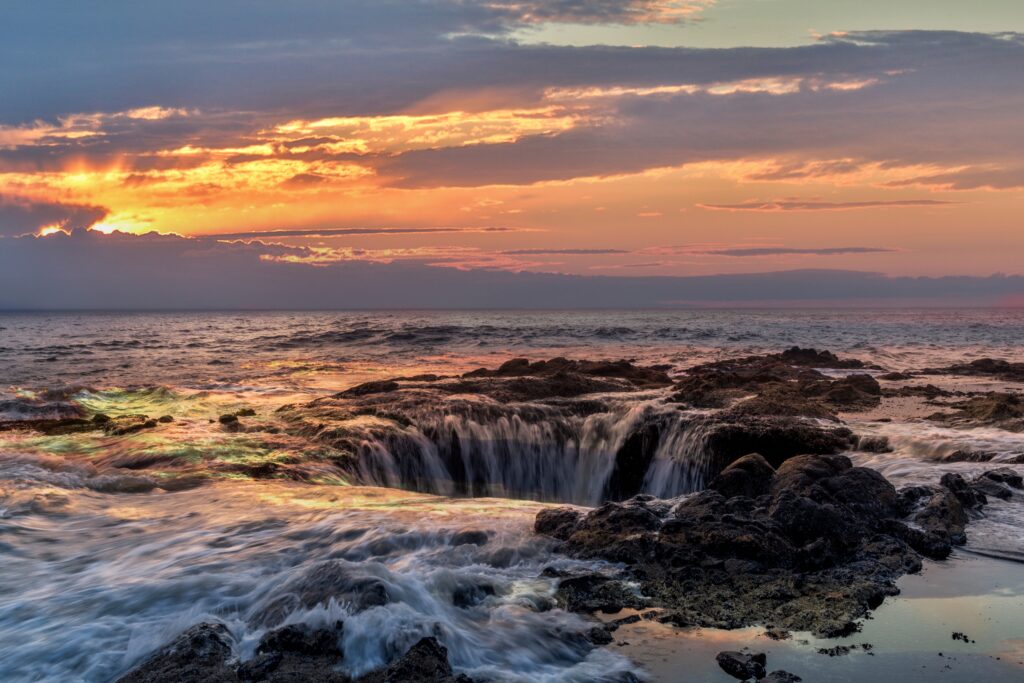
On Oregon’s Cape Perpetua coastline lies Thor’s Well, a natural wonder that looks like a bottomless pit swallowing the Pacific Ocean. This geological formation is a collapsed sea cave carved into basalt rock by relentless waves over thousands of years. During high tide, water surges into the well and shoots out like a geyser, creating an awe-inspiring spectacle that appears as though the ocean itself is being drained into the Earth. Waves crashing into the well create a dynamic and mesmerizing display of nature’s power, particularly during stormy weather when water sprays can reach up to 40 feet high.
Despite its ominous appearance, Thor’s Well is only about 20 feet deep and functions as a natural water circulation system, with openings at both the top and bottom that allow seawater to flow through it. Its beauty comes with danger—visitors must exercise caution when approaching the slippery rocks during high tide, as powerful waves can sweep people into the turbulent waters. Thor’s Well is a testament to the relentless force of ocean erosion and has become an iconic attraction for photographers and nature lovers alike.
9. Blood Falls: Antarctica’s Crimson Waterfall
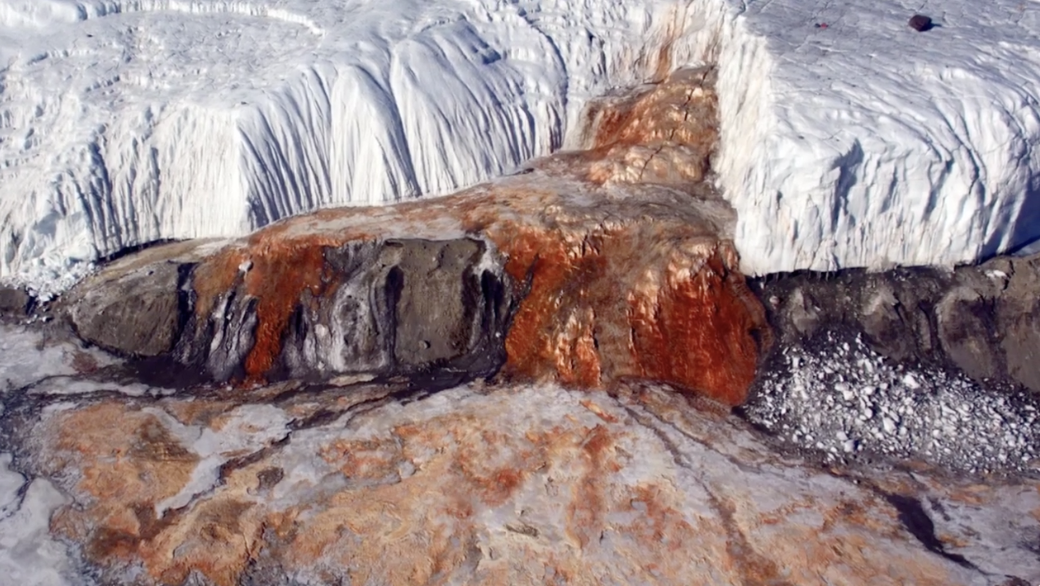
In Antarctica’s McMurdo Dry Valleys, Blood Falls spills bright red water from Taylor Glacier onto the icy surface below, creating an eerie contrast against the stark white landscape. The crimson hue is caused by iron-rich brine that has been trapped beneath the glacier for millions of years. When this ancient saltwater emerges from cracks in the ice and comes into contact with oxygen in the air, it oxidizes, producing a rusty red color that resembles blood flowing from the glacier.
Blood Falls is more than just visually striking—it is also scientifically significant. The subglacial brine remains liquid despite temperatures far below freezing due to its high salinity and pressure beneath the glacier. Even more fascinating is its microbial life: microorganisms thrive in this extreme environment without sunlight or oxygen by metabolizing iron and sulfur compounds. This discovery provides clues about how life might survive on icy worlds like Europa or Enceladus, where similar conditions could exist beneath their frozen surfaces.
10. Waitomo Glowworm Caves: Nature’s Underground Light Show
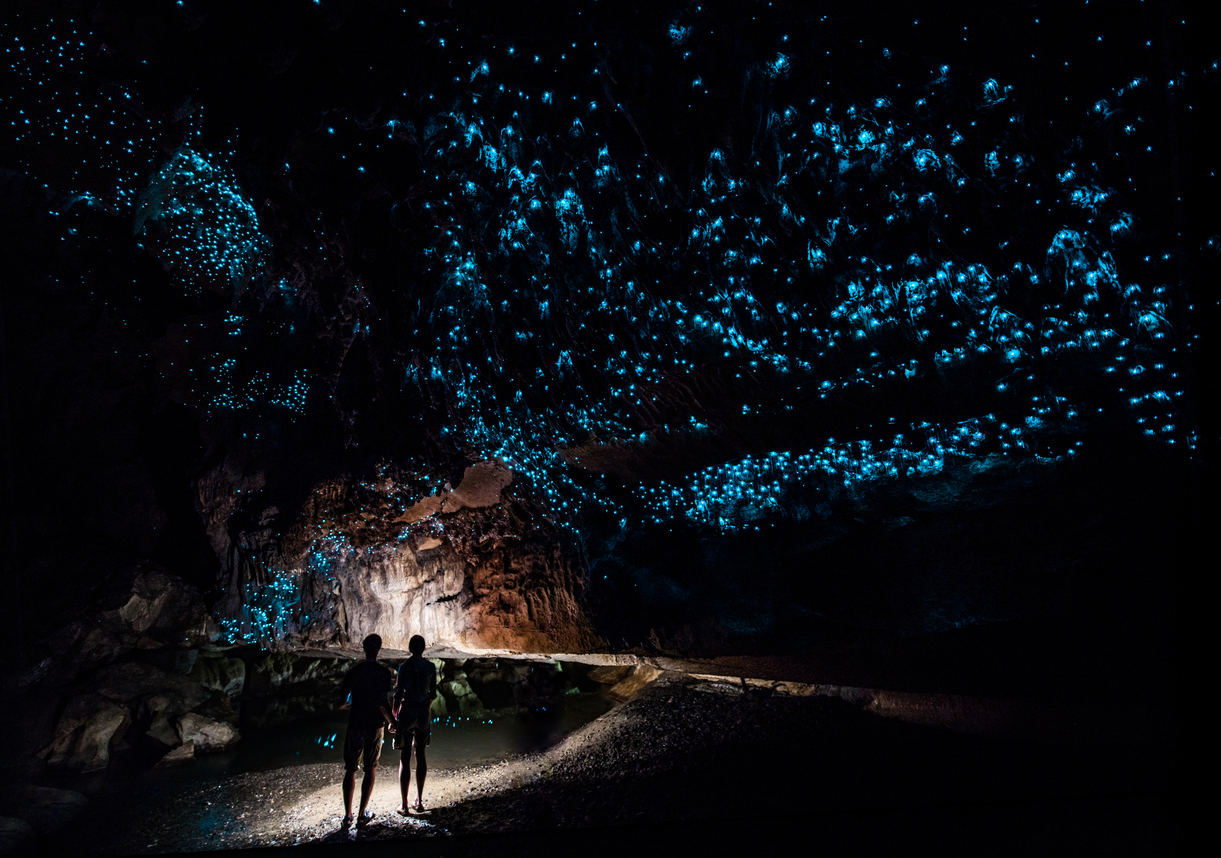
Deep beneath New Zealand’s North Island lies one of nature’s most enchanting spectacles: the Waitomo Glowworm Caves. Thousands of glowworms (Arachnocampa luminosa), native to New Zealand, illuminate the cavern ceilings with their bioluminescent light, creating an effect reminiscent of a starry night sky underground. These glowworms emit light through a chemical reaction involving luciferin (a light-emitting molecule) and luciferase (an enzyme), which they use to lure prey into sticky silk threads they produce.
Visitors can explore these caves by boat, gliding silently beneath webs of glowing threads in near-total darkness. The glowworms’ eerie blue-green light creates an otherworldly atmosphere that feels almost magical. First discovered by Maori chief Tane Tinorau in 1887, these caves have since become one of New Zealand’s most popular natural attractions and a prime example of how biology and geology combine to create breathtaking phenomena.
11. Penitentes: Towering Ice Spikes in High Altitudes
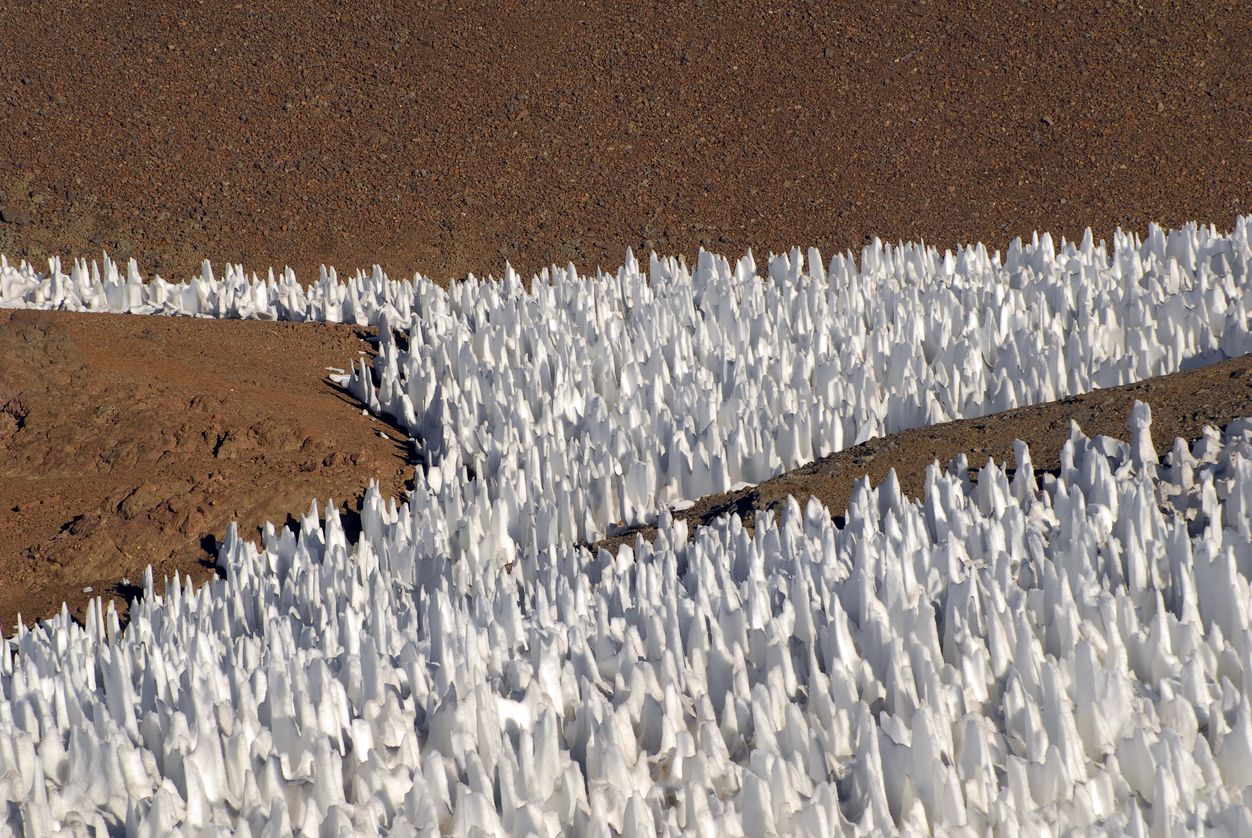
In high-altitude regions like the Andes Mountains, fields of towering ice formations called penitentes rise dramatically from snowy landscapes. These sharp spikes can grow up to 15 feet tall and are formed through sublimation—a process where sunlight causes snow to turn directly into water vapor without melting first. Uneven sublimation rates create valleys between peaks, resulting in their distinctive blade-like shapes.
The name “penitentes” comes from their resemblance to monks in white robes performing penance. These formations are not only visually stunning but also scientifically intriguing; they provide insights into climate conditions in extreme environments and may even exist on other planets or moons with similar atmospheric conditions. Penitentes demonstrate how even harsh environments can produce intricate natural sculptures.
12. Lake Natron: Tanzania’s Caustic Red Lake
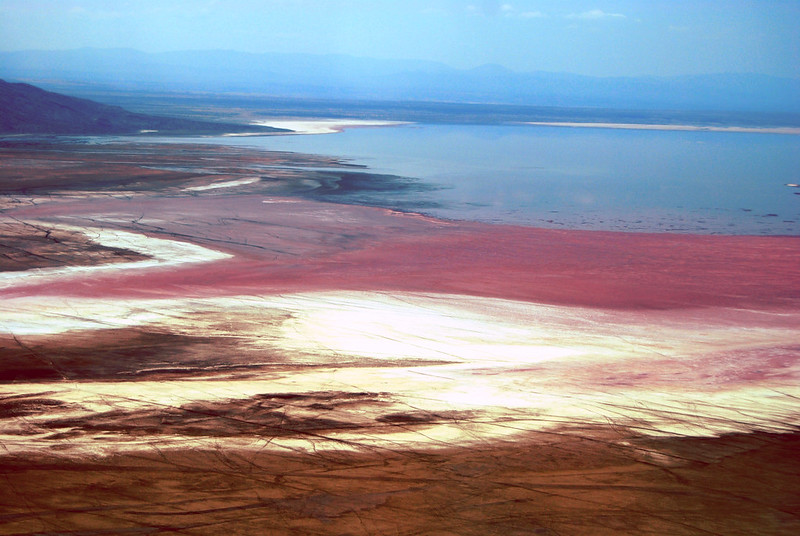
Lake Natron in northern Tanzania is one of Earth’s most extreme environments—its water temperatures can reach up to 140°F (60°C), and its alkalinity levels are so high they rival ammonia. The lake owes its bright red color to salt-loving microorganisms like Spirulina, which thrive in its toxic waters and produce pigments that give it its characteristic hue.
Despite its harshness, Lake Natron supports life in surprising ways—it serves as a critical breeding ground for Lesser Flamingos, whose pink coloration comes from feeding on Spirulina. Predators avoid the lake due to its caustic conditions, making it a safe haven for these birds. However, animals that die in or near the lake are often calcified by its mineral-rich waters, leaving behind hauntingly preserved “statues.” Lake Natron exemplifies how life adapts to even the most inhospitable environments.
13. Death Valley’s Sailing Stones: Rocks That Move on Their Own
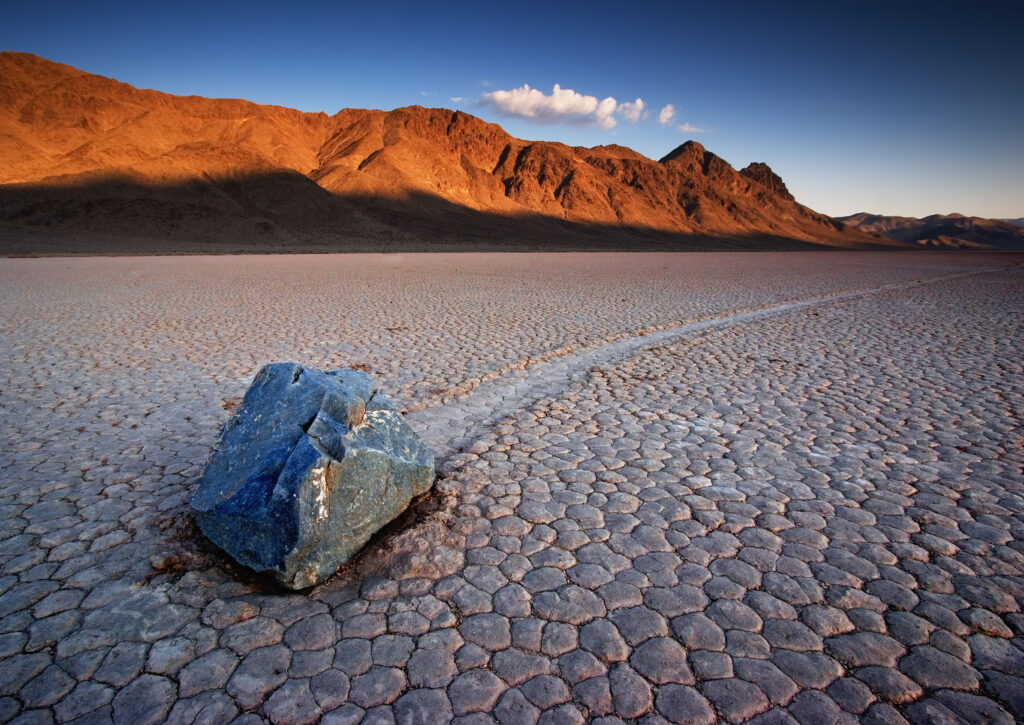
In California’s Death Valley National Park lies Racetrack Playa, a dry lakebed where rocks weighing hundreds of pounds mysteriously move across the surface, leaving long trails behind them. For decades, this phenomenon baffled scientists and sparked wild theories about magnetic fields or extraterrestrial interference. However, in 2014, researchers uncovered the answer: during winter nights, thin sheets of ice form beneath the rocks. When the ice melts under the morning sun, gentle winds push the rocks across the slick surface, creating their distinctive trails.
What makes this phenomenon so captivating is its slow yet precise nature. The rocks sometimes take years to travel just a few feet, but their trails can stretch for hundreds of feet in winding or straight paths depending on wind patterns and ice movement. The process requires an unusual combination of conditions: freezing temperatures to form ice sheets, sunny days to melt them, and just enough wind to propel the stones without disturbing their tracks. Racetrack Playa’s sailing stones are a perfect example of how subtle environmental factors can combine to create seemingly impossible occurrences in lifeless landscapes.
14. Desert Roses: Crystals That Bloom Like Flowers

Desert roses are stunning crystal formations found in arid regions like Tunisia, Arizona, and Namibia that resemble blooming flowers made entirely of stone. These formations occur when gypsum or baryte minerals crystallize around sand particles during alternating cycles of wet and dry conditions in salt-rich basins. Over time, they take on intricate shapes that mimic petals arranged in delicate clusters.
The formation of desert roses is a slow and meticulous process that can take thousands of years. As water evaporates from salt basins during dry periods, minerals like gypsum precipitate and begin forming crystals around grains of sand. Repeated exposure to moisture during wet seasons allows additional layers to build up over time, resulting in their characteristic “petal” shapes. The beauty of desert roses lies in their contrast: they emerge as delicate sculptures from harsh environments where life struggles to survive. Each rose is unique in shape and size, making them prized by collectors and geologists alike as natural works of art shaped by Earth’s geological processes.
15. Yosemite Firefall: A Waterfall Ablaze
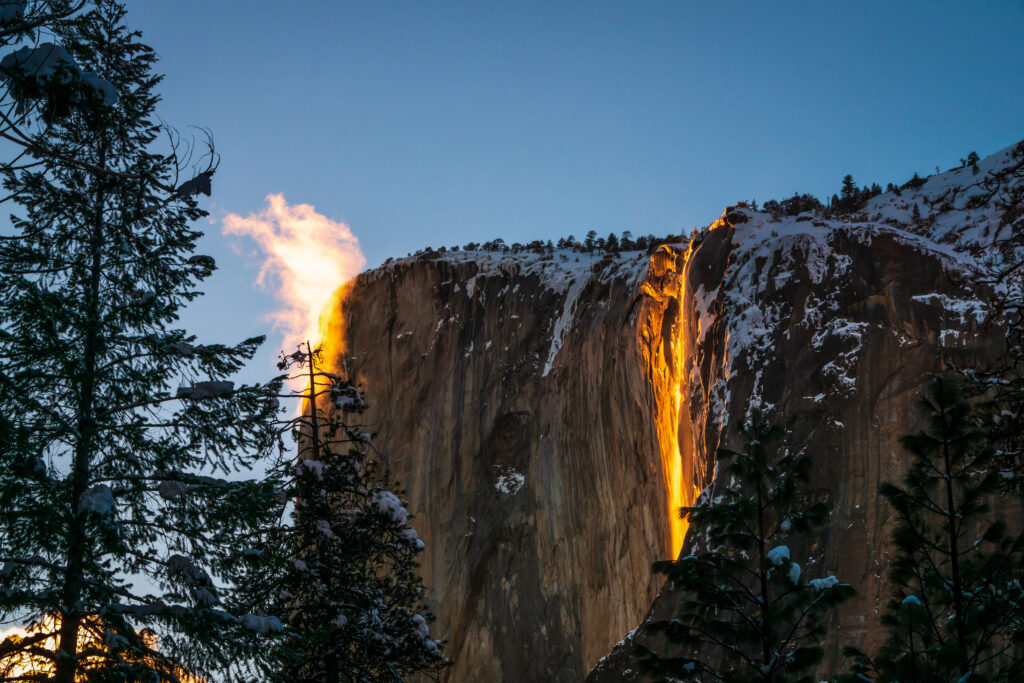
Every February at Yosemite National Park, Horsetail Fall transforms into a glowing ribbon of fire cascading down El Capitan’s granite cliffs. Known as Yosemite Firefall, this rare phenomenon occurs when sunlight hits the waterfall at just the right angle during sunset, illuminating it with fiery orange and red hues that make it appear as though molten lava is flowing down the rock face. The effect lasts only a few minutes each evening under ideal conditions—clear skies and sufficient water flow over Horsetail Fall are essential for the effect to occur.
The Firefall is an example of how light interacts with landscapes to create fleeting masterpieces. Unlike Yosemite’s historic Firefall event (where burning embers were pushed off Glacier Point), Horsetail Fall’s glow is entirely natural—a product of geology and atmospheric precision working together in harmony. Photographers flock to Yosemite every February hoping to capture this ephemeral beauty, but timing is everything: even slight changes in weather or water levels can disrupt the effect entirely. This phenomenon highlights how fragile yet spectacular nature can be when conditions align perfectly.
16. Rainbow Eucalyptus Trees: Nature’s Painted Forest
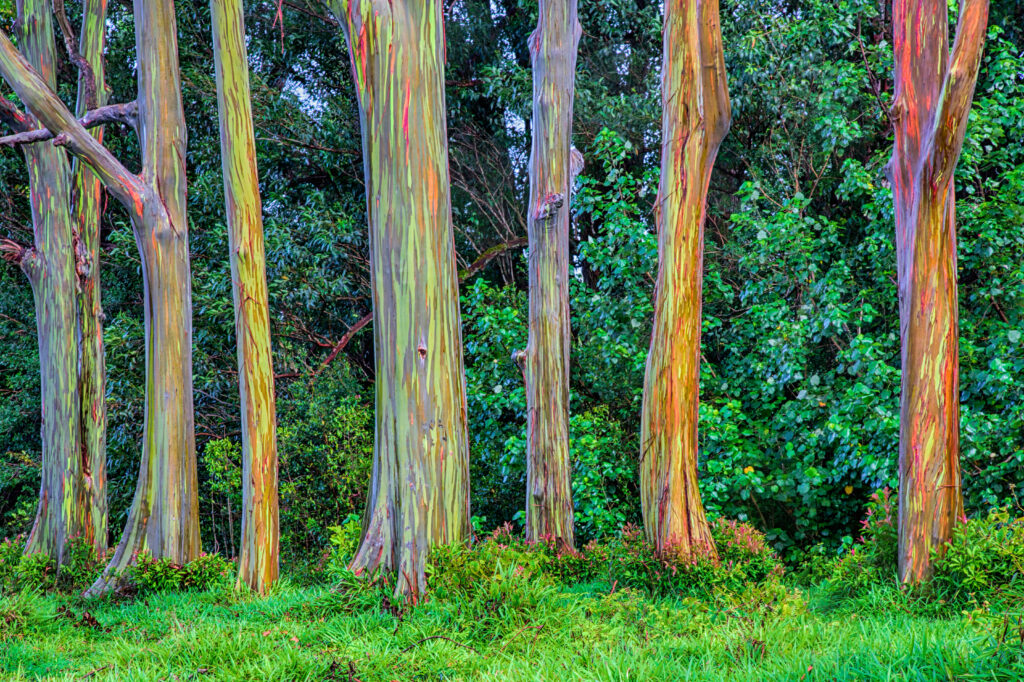
Rainbow Eucalyptus trees (Eucalyptus deglupta), native to tropical regions like Indonesia and the Philippines, are among nature’s most colorful creations. Their bark sheds in patches throughout the year, revealing bright green layers underneath that gradually age into shades of blue, purple, orange, and maroon. This kaleidoscopic display makes them look like living works of art painted by hand.
Beyond their visual appeal, Rainbow Eucalyptus trees play an essential role in tropical ecosystems as fast-growing trees that help stabilize soil and provide habitats for wildlife. Their ability to shed bark protects them from parasites while allowing them to grow up to 250 feet tall—the height of a 20-story building! These trees are often planted for timber or ornamental purposes but remain best known for their vibrant appearance that captivates photographers and botanists alike. Rainbow Eucalyptus trees remind us that nature doesn’t need a paintbrush to create masterpieces.
17. The Boiling River: Amazon’s Scalding Stream
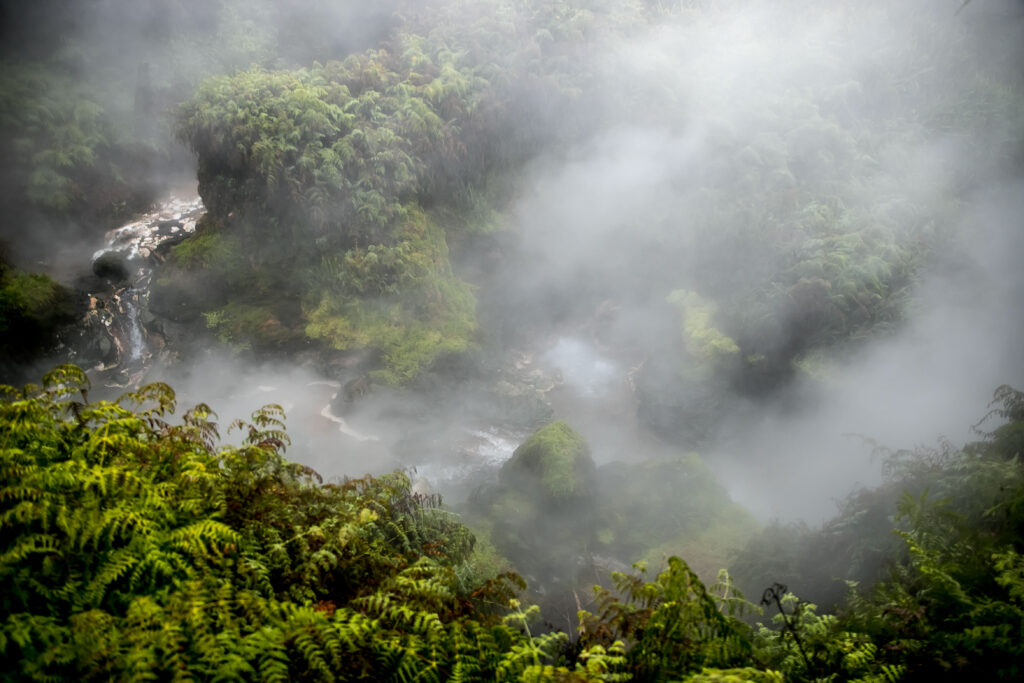
Deep in Peru’s Amazon rainforest flows Shanay-Timpishka, also known as “the boiling river.” This geothermal marvel stretches for about 4 miles with water temperatures reaching up to 200°F (93°C)—hot enough to scald skin or even cook small animals that fall into its waters. Unlike most geothermal rivers heated by volcanic activity, Shanay-Timpishka is far from any volcano; its heat comes from underground fault lines that allow hot water from Earth’s interior to seep into the riverbed.
The boiling river is sacred to local Indigenous communities who believe it holds spiritual power tied to Earth’s energy flows. Scientists studying Shanay-Timpishka have discovered heat-adapted microorganisms thriving in its scalding waters—organisms that could provide clues about life surviving extreme conditions elsewhere on Earth or even other planets. The river also serves as a stark reminder of how dynamic Earth’s geology is; its existence challenges our understanding of geothermal systems outside volcanic zones.
18. The Door to Hell: Turkmenistan’s Eternal Flame
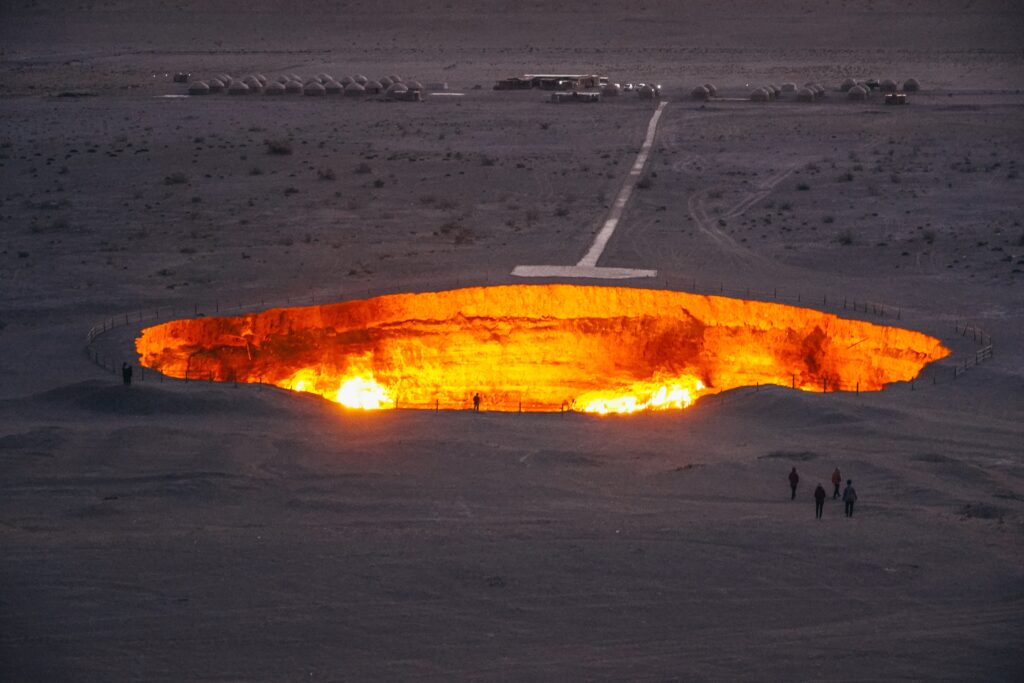
In Turkmenistan’s Karakum Desert lies an infernal crater known as “The Door to Hell.” This 230-foot-wide pit has been burning continuously for over 50 years due to an accidental gas explosion during Soviet-era drilling operations in 1971. Engineers ignited escaping methane gas to prevent it from spreading but underestimated how much fuel lay beneath—what was meant to burn out in days has become an eternal flame.
The Door to Hell attracts adventurous tourists despite its remote location and serves as both a cautionary tale about human impact on natural resources and a striking example of Earth’s untapped energy reserves. Its fiery glow illuminates the night sky like a beacon from another world while reminding us of the delicate balance between harnessing natural resources and preserving Earth’s ecosystems.
19. Devil’s Kettle: A Waterfall That Swallows Itself
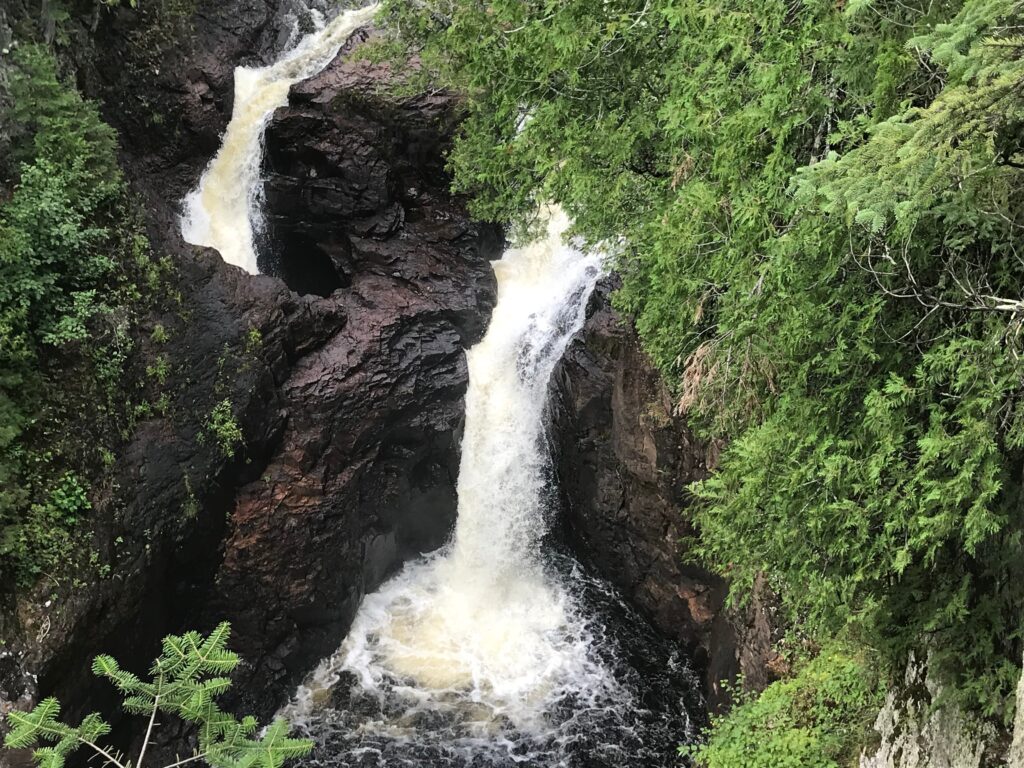
In Minnesota’s Judge C.R. Magney State Park lies Devil’s Kettle Falls—a waterfall split into two streams where one side flows normally while the other disappears into a mysterious hole in the rock known as “the kettle.” For years, scientists were baffled by where this water went; dye tests failed to reveal its destination.
Recent research suggests that water flowing into Devil’s Kettle rejoins the Brule River underground through hidden fissures in the rock bed—a process difficult to trace due to geological complexity beneath the surface. Despite this partial explanation, Devil’s Kettle remains an enigmatic marvel that continues to intrigue visitors with its seemingly magical ability to “swallow” half its flow without revealing its secrets completely.
20. Green Lake: A Submerged Forest in Austria
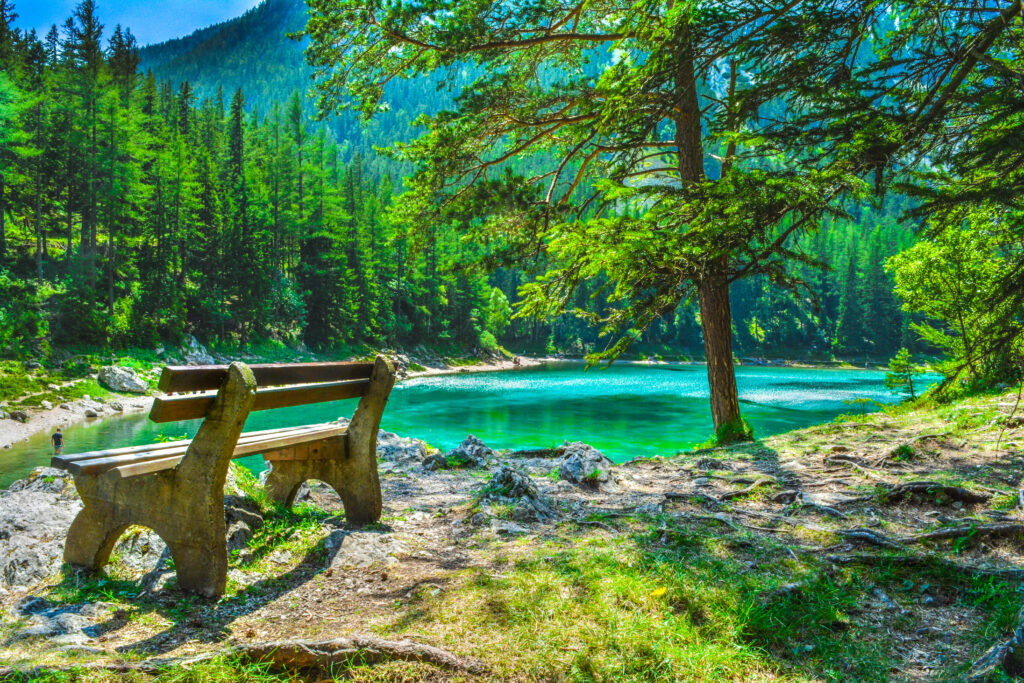
Austria’s Green Lake (Grüner See) undergoes a dramatic transformation every spring when snowmelt from nearby mountains floods its basin, submerging surrounding meadows and forests under crystal-clear water up to 40 feet deep. During summer months, visitors can hike through these areas when water levels recede—but during springtime flooding, it becomes a surreal underwater world where trees appear suspended beneath shimmering turquoise waters.
This temporary aquatic landscape attracts divers who explore submerged trails and benches while marveling at its pristine clarity—a result of fresh snowmelt filtering through limestone deposits before entering the lake basin. Green Lake exemplifies how seasonal changes can transform ordinary landscapes into extraordinary spectacles that blur the line between land and sea.
21. Aurora Borealis: Earth’s Celestial Dance
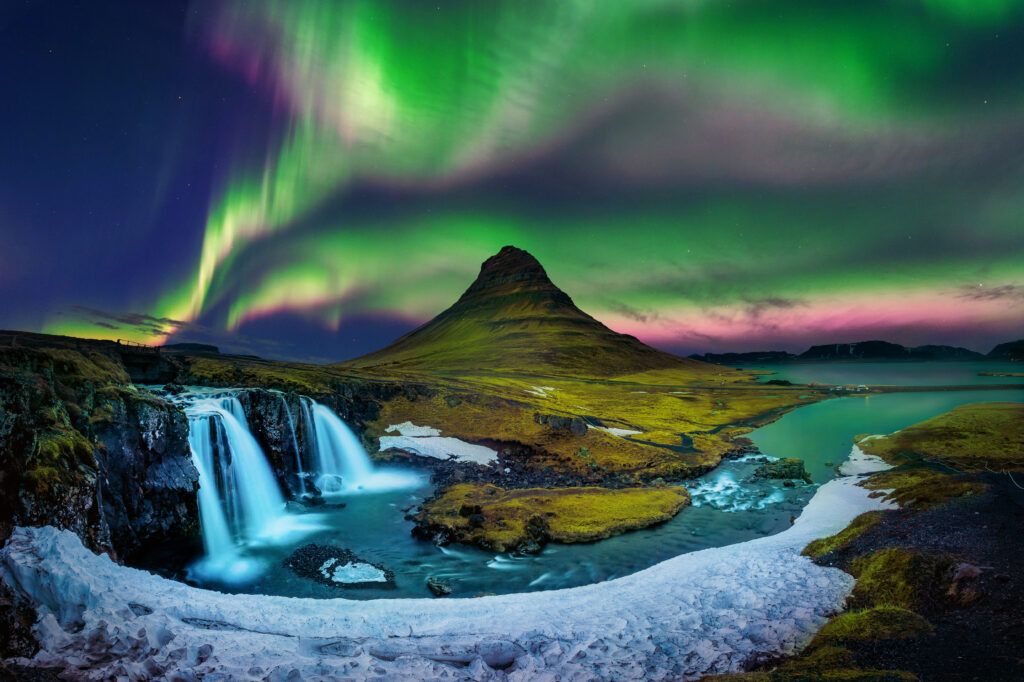
The aurora borealis (Northern Lights) is one of Earth’s most iconic natural phenomena—a celestial ballet of vibrant greens, purples, pinks, and blues dancing across polar skies at night. This spectacle occurs when charged particles from solar winds collide with Earth’s magnetosphere near the poles, exciting atmospheric gases like oxygen and nitrogen that emit light as they return to their normal state.
Auroras serve not only as breathtaking visuals but also as indicators of solar activity affecting Earth’s magnetic field and communication systems like satellites or radio signals. Observing them reminds us of our planet’s intimate connection with cosmic forces beyond our atmosphere—a humbling reminder that Earth’s beauty extends far beyond its surface.
From Venezuela’s lightning storms to Antarctica’s crimson waterfalls and Minnesota’s vanishing rivers, these 21 natural oddities showcase Earth’s boundless creativity and complexity. Each phenomenon is a testament to nature’s power to surprise us with beauty and mystery while deepening our understanding of science and our planet’s interconnected systems. Whether shaped by geology, biology, or cosmic forces, these wonders remind us how extraordinary our world truly is—and how much more there is left to discover!


